Conceptcarz.com Profile: 1948 Tucker 48 1044
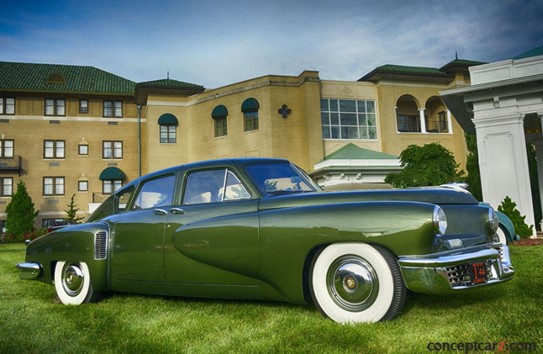
Conceptzcarz has created a profile of Tucker 1044 with exclusive images from Pebble Beach Concours d'Elegance (2018), Ameial Island Concours d'Elegance (2019) and the Hershey Concours d'Elegance (2019).
The Tucker 1044 images are courtesy of Conceptcarz and reprinted with permission.
Enjoy,
Howard Kroplick
1948 Tucker 48 Chassis number: 1044
Sedan
Designer: Alex Tremulis
Chassis #: 1044
Sold for $1,347,500 at 2017 RM Sotheby's : Arizona Auction.
Immediately following World War II, Preston Tucker secured a 475-acre plant in Cicero, Illinois, where B-29 bomber engines had been manufactured by Dodge. The War Assets Administration gave preference to those who would make it operational quickly and employ as many people as possible. Tucker promised to build 'The first completely new car in 50 years!' It was decidedly different from the typical offerings from Detroit. Seemingly, Tucker had everything going for it.Then the avalanche. Tucker sought to finance the manufacture of his car by selling dealer franchises; the Securities and Exchange Commission disagreed with the practice. Powerful enemies were made when he secured the fight for the Cicero, Illinois plant, joined in. Indictments followed. Tucker was ultimately exonerated, but his dream was finished. Just one prototype and 50 production models were built.
This car was the 44th of the 50 Tucker pilot production cars and one prototype. After the Tucker factory closed at the end of October 1948, it was one of eight cars assembled by its designer, Alex Tremulis, and a handful of Tucker workers on their own time. A total of 47 Tuckers survive today with 18 owned by museums. Trademark features include a center mounted 'Cyclops' third headlight which turns with the steering wheel, padded dash and doors, safety chamber in case of collision, pop-out safety glass windshield and four aircraft style suicide doors cut into the rooflines. It is powered by a rear mounted horizontally opposed six-cylinder Franklin helicopter engine producing 166 bhp with an electric shift transmission. Tuckers were capable of 0 to 60 mph in 10 seconds and a top speed of 130 mph.
The current caretaker acquired this car in January 2017, and since then, the Tucker has been driven fewer than 500 miles. The car is one of eight Tuckers originally finished in Andante Green with a green wool broadcloth interior.
2017 RM Sotheby's : Arizona Auction
Pre-Auction Estimates: USD $1,600,000-USD $2,100,000
Sale Price: USD $1,347,500
Built by Preston Thomas Tucker, 51 examples were built, of which 47 survive now. The car is called the 'Tucker 48' (for its model year). It was called the 'Tucker Torpedo' as it was being designed and promoted.
Though only 51 examples were ever produced, the work of Preston Tucker has firmly cemented itself in history and a legacy that resounds with automotive enthusiasts from all corners of the world. After the close of the Second World War, Tucker began work on a new breed of automobiles that would become an engineering marvel and a masterpiece of design.
The work was done in a Dodge aircraft engine plant located in Chicago, which Tucker had purchased. Two clay mockups were created, both identical in mechanical dimensions but varying in style. A final version was crafted from the best of both clay models. The final version was then made into a metal prototype which was dubbed the 'Tin Goose'. It was first shown to the public on June 19th, 1947.
Though the design was moving along steadily, the engine was plagued with problems. Its shortcoming was its excess noise, lack of power, and requiring multiple batteries in order to start. A 6 ALV 335 Franklin helicopter engine was used as a replacement. The engine was modified to utilize liquid cooling and the adaptation of a Cord 810 transmission. When the process was complete, the engine produced 166 horsepower and 372 foot-pounds of torque.
The Tucker was a model of safety. The interior cockpit was given a padded dashboard and carried instrumentation that was grouped around the steering wheel. This meant that the protruding buttons and gauges would not cause damage to its occupants during an accident. The center-mounted headlight moved with the steering wheel providing light in the direction the vehicle would be traveling.
The front and rear seats could be interchanged which aided in the reduction of wear.
Soon after the Tucker automobiles began rolling off the assembly line in the spring of 1948, the Securities and Exchange Commission began investigating the allegations of mail fraud and other violations. The negative publicity sent the stock plummeting and the facility was forced to close. Tucker assemble a skeleton crew and was able to continue production for a few more months, lasting until March of 1949, at which time the company fell into receivership and its assets were seized.
by Daniel Vaughan | Sep 2018
Pebble Beach Tour d'Elegance (2018)
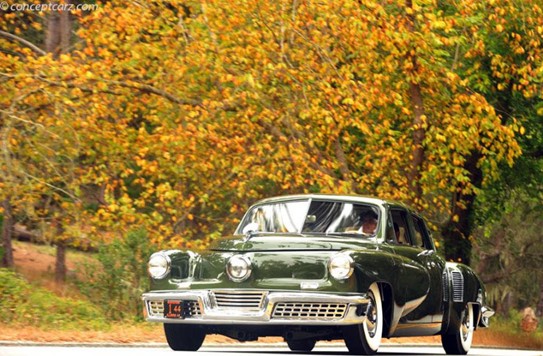

Pebble Beach Concours d'Elegance (2018)

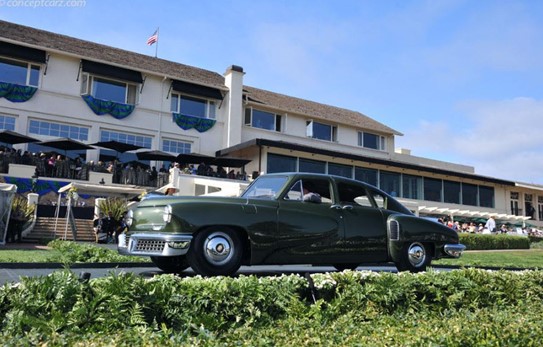
Amelia Island Concours d'Elegance

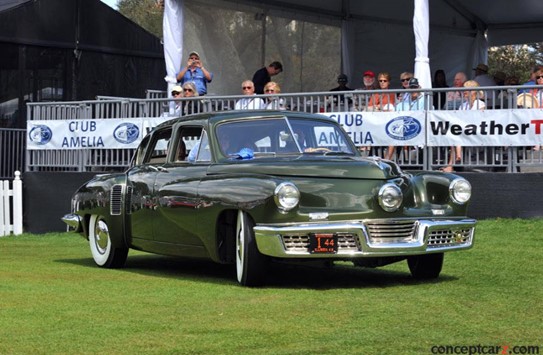
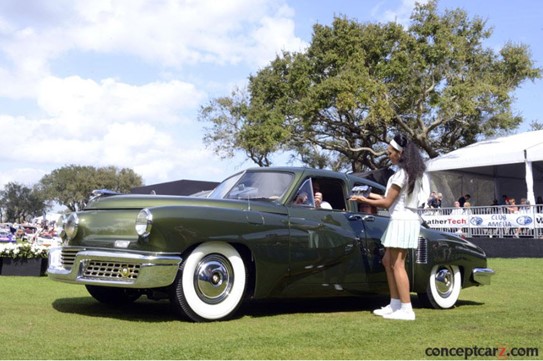
Hershey Concours d'Elegance
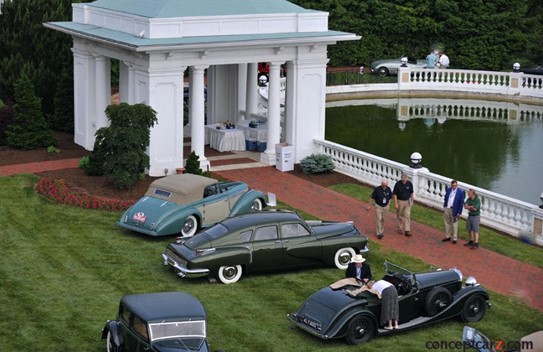
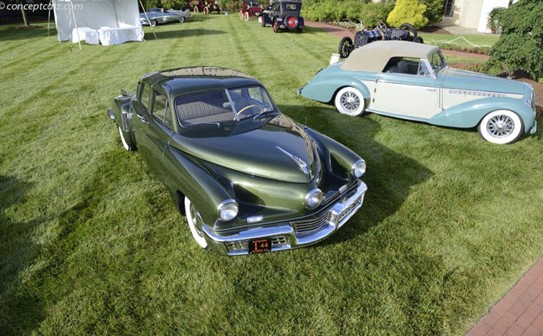
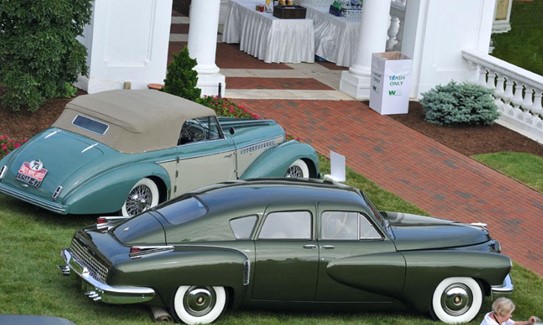
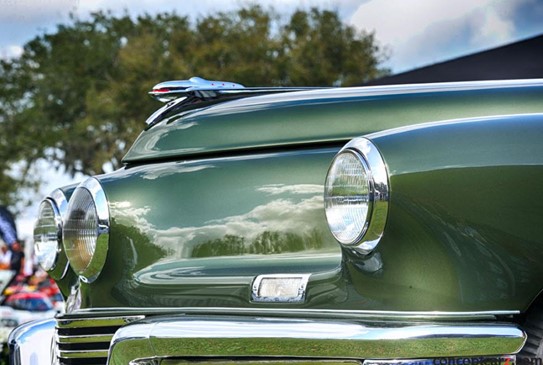

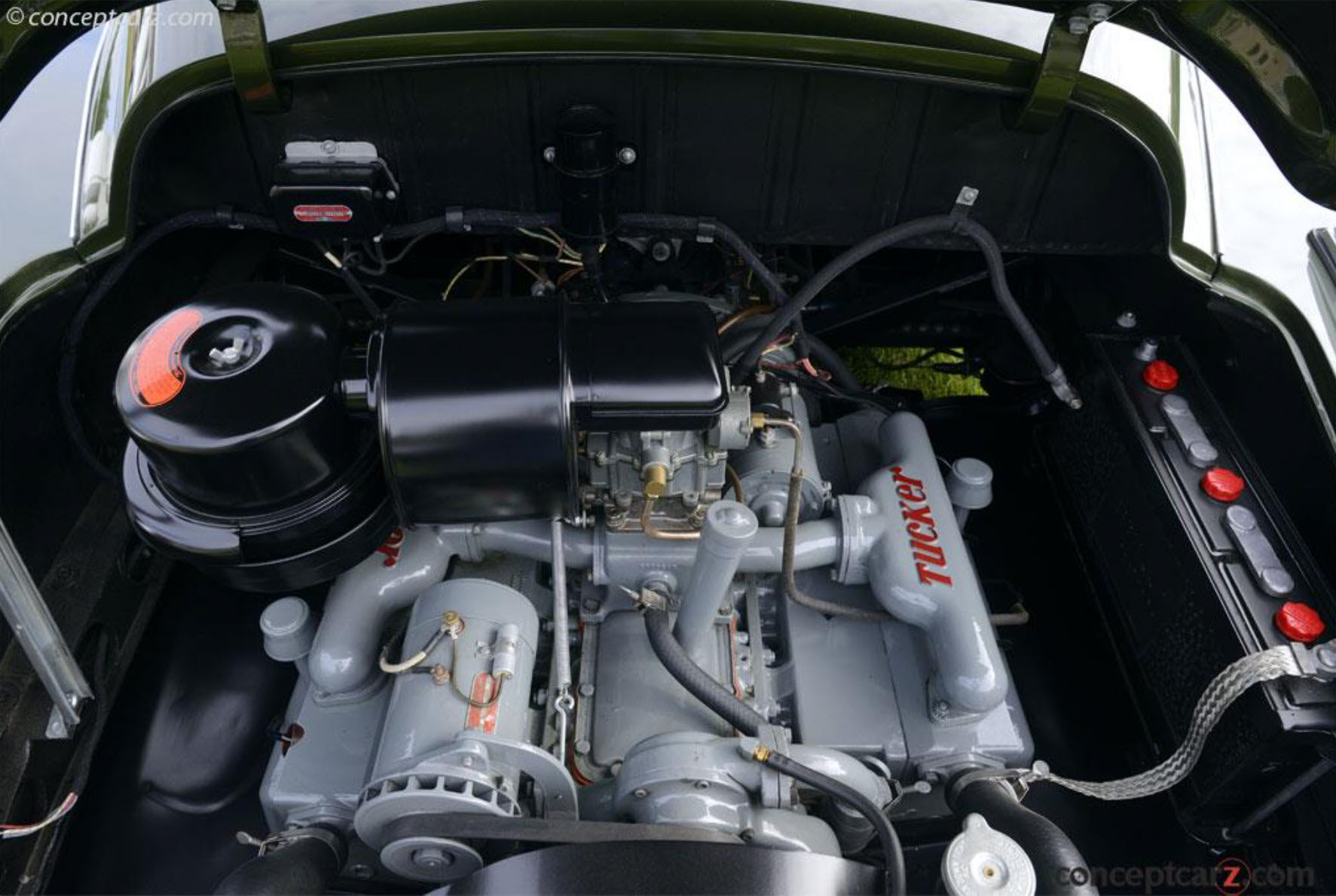
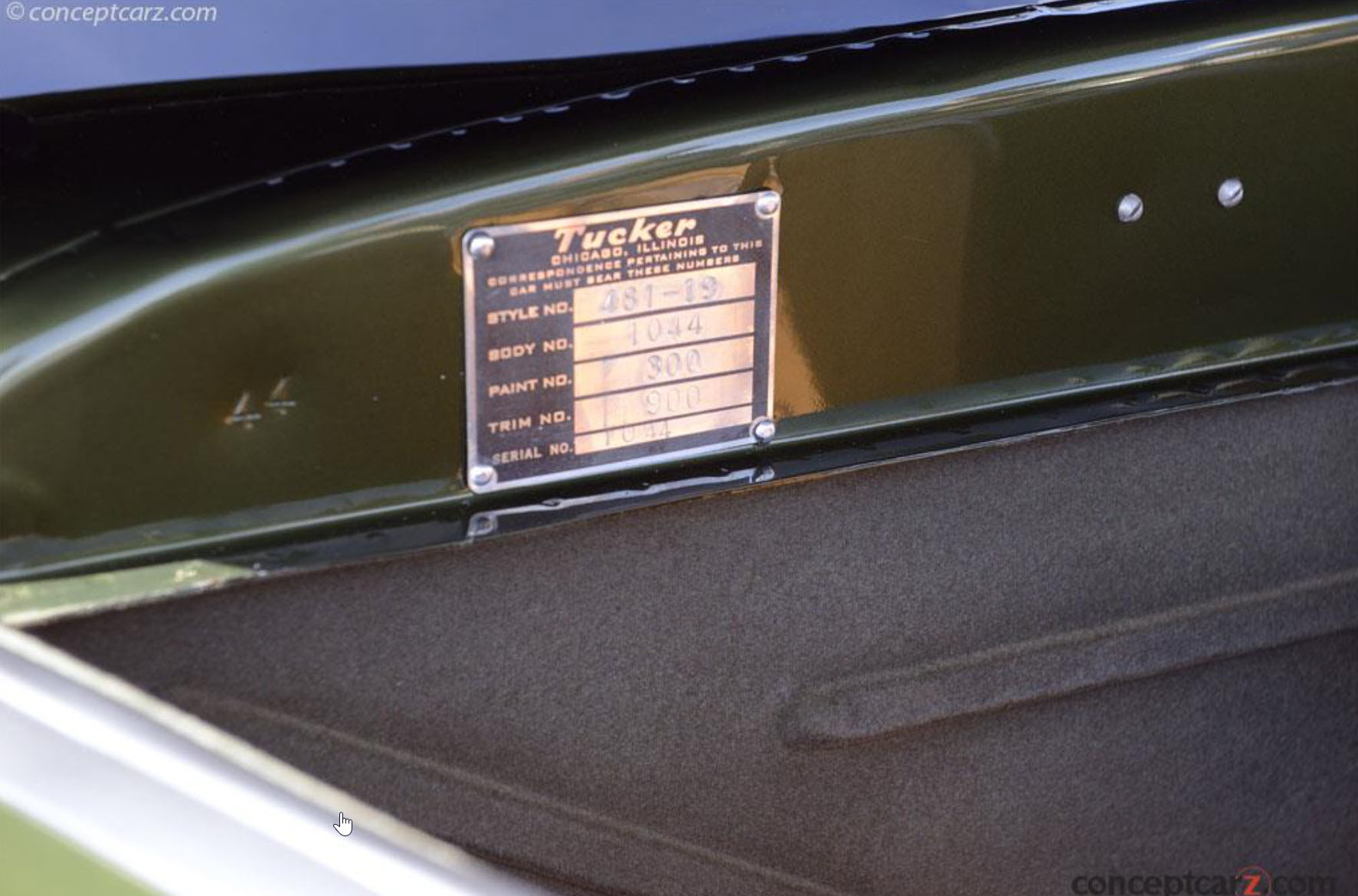
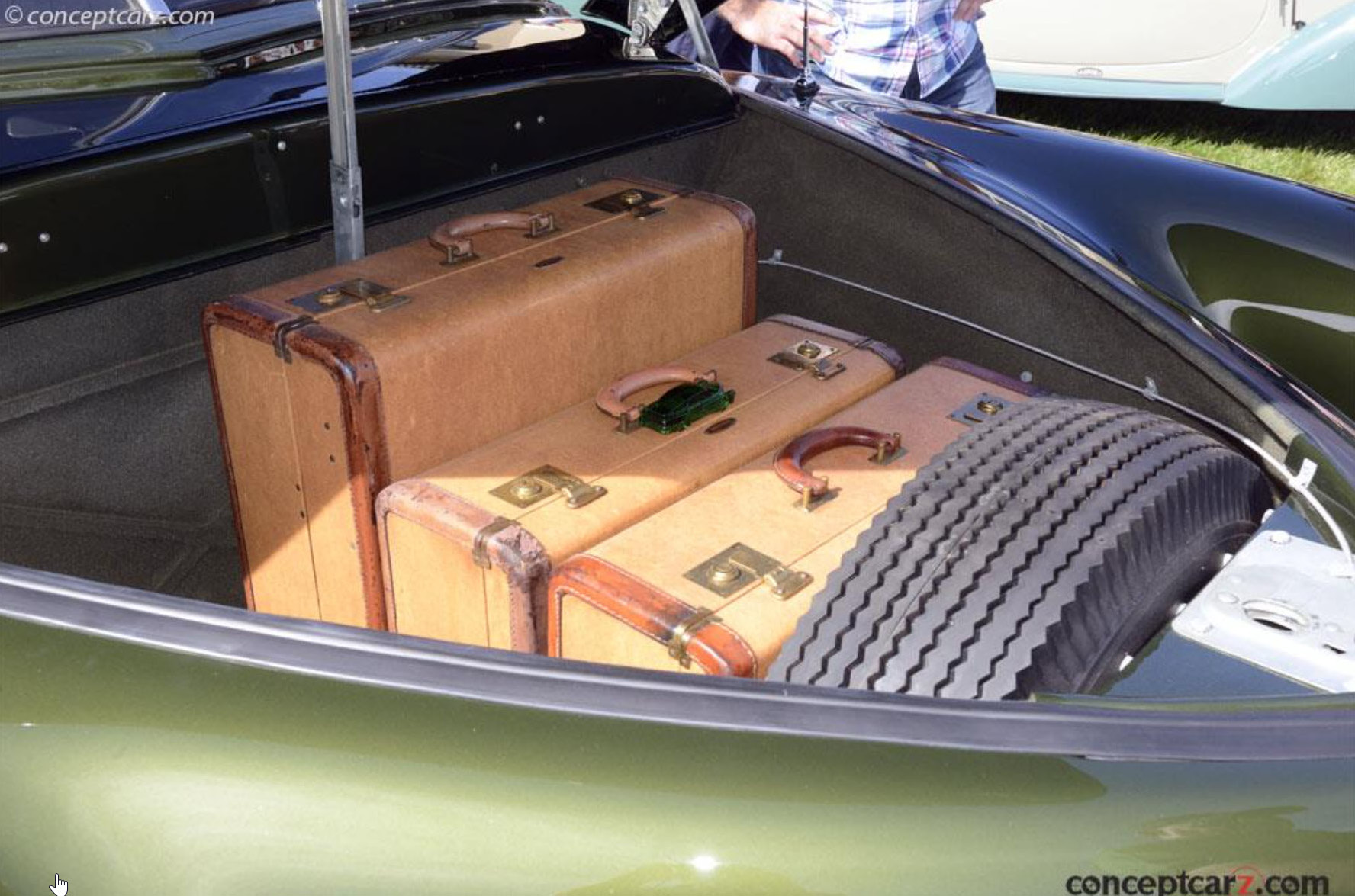

Comments
Great story and pictures. I enjoyed seeing some pictures of Tucker #1044 that I have never seen before.
Great article about one of the nicest Tuckers in existence.
In June 2017 at Westbury Gardens Car Show I saw Tucker #44 before restoration, In May 2019 at Kings Point Naval Acadamy I saw #44 restored to original color
Congratulations Howard You have one of the finest Tuckers on the planet Happy Holidays to you and Roz
Howard, you’ve educated us on Tuckers in a way no one else had. Beautiful, amazing cars - including yours, of course. Happy New Year!